Classification of BGP Route Leaks (RFC 7908)
While preparing the Internet Routing Security webinar, I stumbled upon RFC 7908, containing an excellent taxonomy of BGP route leaks. I never checked whether it covers every possible scenario1, but I found it a handy resource when organizing my thoughts.
Let’s walk through the various leak types the authors identified using the following sample topology:
Classification of BGP Route Leaks (RFC 7908)
While preparing the Internet Routing Security webinar, I stumbled upon RFC 7908, containing an excellent taxonomy of BGP route leaks. I never checked whether it covers every possible scenario1, but I found it a handy resource when organizing my thoughts.
Let’s walk through the various leak types the authors identified using the following sample topology:
Spoofing ICMP Redirects for Fun and Profit
Security researches found another ICMP redirect SNAFU: a malicious wireless client can send redirects on behalf of the access point redirecting another client’s traffic to itself.
I’m pretty sure the same trick works on any layer-2 technology; the sad part of this particular story is that the spoofed ICMP packet traverses the access point, which could figure out what’s going on and drop the packet. Unfortunately, most of the access points the researchers tested were unable to do that due to limitations in the NPUs (a fancier word for SmartNIC) they were using.
Spoofing ICMP Redirects for Fun and Profit
Security researches found another ICMP redirect SNAFU: a malicious wireless client can send redirects on behalf of the access point redirecting another client’s traffic to itself.
I’m pretty sure the same trick works on any layer-2 technology; the sad part of this particular story is that the spoofed ICMP packet traverses the access point, which could figure out what’s going on and drop the packet. Unfortunately, most of the access points the researchers tested were unable to do that due to limitations in the NPUs (a fancier word for SmartNIC) they were using.
Cloudflare Area 1 earns SOC 2 report
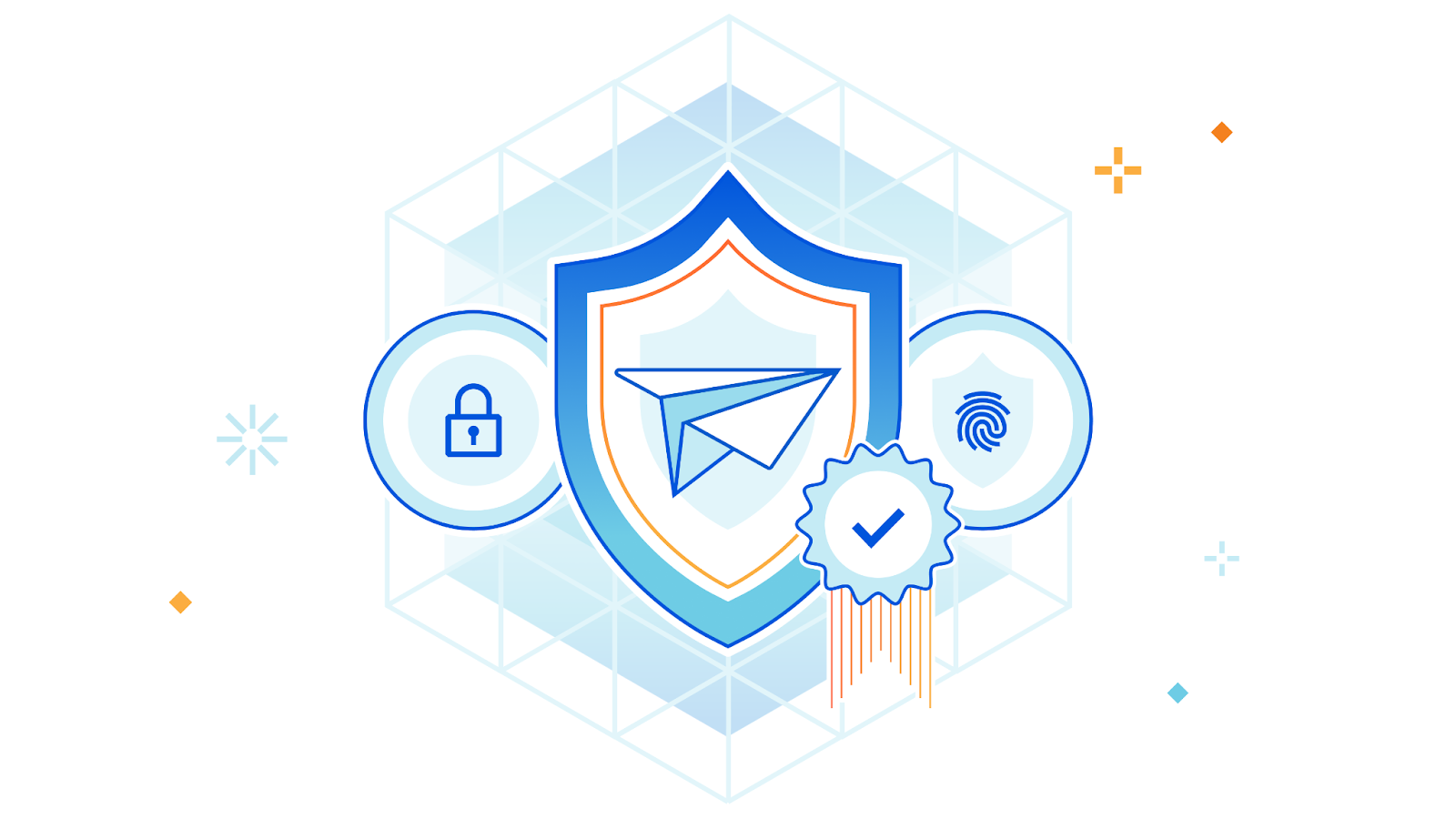
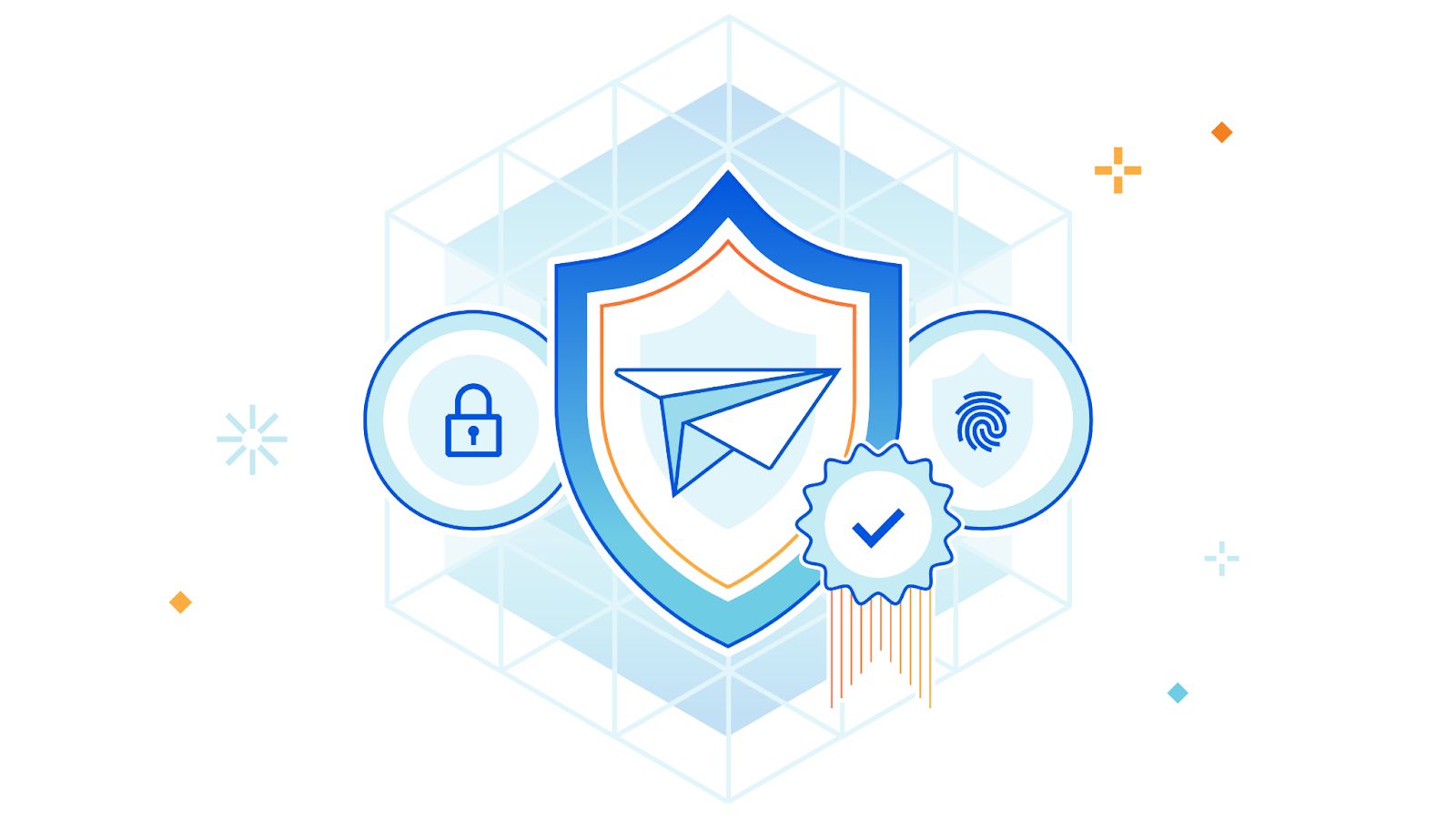
Cloudflare Area 1 is a cloud-native email security service that identifies and blocks attacks before they hit user inboxes, enabling more effective protection against spear phishing, Business Email Compromise (BEC), and other advanced threats. Cloudflare Area 1 is part of the Cloudflare Zero Trust platform and an essential component of a modern security and compliance strategy, helping organizations to reduce their attackers surface, detect and respond to threats faster, and improve compliance with industry regulations and security standards.
This announcement is another step in our commitment to remaining strong in our security posture.
Our SOC 2 Journey
Many customers want assurance that the sensitive information they send to us can be kept safe. One of the best ways to provide this assurance is a SOC 2 Type II report. We decided to obtain the report as it is the best way for us to demonstrate the controls we have in place to keep Cloudflare Area 1 and its infrastructure secure and available.
Cloudflare Area 1’s SOC 2 Type II report covers a 3 month period from 1 January 2023 to 31 March 2023. Our auditors assessed the operating effectiveness of the 70 controls we’ve implemented to meet the Continue reading
Examining HTTP/3 usage one year on


In June 2022, after the publication of a set of HTTP-related Internet standards, including the RFC that formally defined HTTP/3, we published HTTP RFCs have evolved: A Cloudflare view of HTTP usage trends. One year on, as the RFC reaches its first birthday, we thought it would be interesting to look back at how these trends have evolved over the last year.
Our previous post reviewed usage trends for HTTP/1.1, HTTP/2, and HTTP/3 observed across Cloudflare’s network between May 2021 and May 2022, broken out by version and browser family, as well as for search engine indexing and social media bots. At the time, we found that browser-driven traffic was overwhelmingly using HTTP/2, although HTTP/3 usage was showing signs of growth. Search and social bots were mixed in terms of preference for HTTP/1.1 vs. HTTP/2, with little-to-no HTTP/3 usage seen.
Between May 2022 and May 2023, we found that HTTP/3 usage in browser-retrieved content continued to grow, but that search engine indexing and social media bots continued to effectively ignore the latest version of the web’s core protocol. (Having said that, the benefits of HTTP/3 are very user-centric, and arguably offer minimal benefits to Continue reading
Network Security Vulnerabilities: the Root Causes
Sometime last autumn, I was asked to create a short “network security challenges” presentation. Eventually, I turned it into a webinar, resulting in almost four hours of content describing the interesting gotchas I encountered in the past (plus a few recent vulnerabilities like turning WiFi into a thick yellow cable).
Each webinar section started with a short “This is why we have to deal with these stupidities” introduction. You’ll find all of them collected in the Root Causes video starting the Network Security Fallacies part of the How Networks Really Work webinar.
Network Security Vulnerabilities: the Root Causes
Sometime last autumn, I was asked to create a short “network security challenges” presentation. Eventually, I turned it into a webinar, resulting in almost four hours of content describing the interesting gotchas I encountered in the past (plus a few recent vulnerabilities like turning WiFi into a thick yellow cable).
Each webinar section started with a short “This is why we have to deal with these stupidities” introduction. You’ll find all of them collected in the Root Causes video starting the Network Security Fallacies part of the How Networks Really Work webinar.
Kubernetes Security And Networking 8: Loading The Cillium CNI – Video
Container Network Interfaces (CNIs) are plug-ins that enable networking capabilities. This video provides a brief overview of the Cillium CNI and the importance of network policies. https://www.youtube.com/watch?v=nzswIJpdPtY You can subscribe to the Packet Pushers’ YouTube channel for more videos as they are published. It’s a diverse a mix of content from Ethan and Greg, plus […]
The post Kubernetes Security And Networking 8: Loading The Cillium CNI – Video appeared first on Packet Pushers.
Why Is Source Address Validation Still a Problem?
I mentioned IP source address validation (SAV) as one of the MANRS-recommended actions in the Internet Routing Security webinar but did not go into any details (as the webinar deals with routing security, not data-plane security)… but I stumbled upon a wonderful companion article published by RIPE Labs: Why Is Source Address Validation Still a Problem?.
The article goes through the basics of SAV, best practices, and (most interesting) using free testing tools to detect non-compliant networks. Definitely worth reading!
Why Is Source Address Validation Still a Problem?
I mentioned IP source address validation (SAV) as one of the MANRS-recommended actions in the Internet Routing Security webinar but did not go into any details (as the webinar deals with routing security, not data-plane security)… but I stumbled upon a wonderful companion article published by RIPE Labs: Why Is Source Address Validation Still a Problem?.
The article goes through the basics of SAV, best practices, and (most interesting) using free testing tools to detect non-compliant networks. Definitely worth reading!
Announcing Cloudflare Secrets Store


We’re excited to announce Secrets Store - Cloudflare’s new secrets management offering!
A secrets store does exactly what the name implies - it stores secrets. Secrets are variables that are used by developers that contain sensitive information - information that only authorized users and systems should have access to.
If you’re building an application, there are various types of secrets that you need to manage. Every system should be designed to have identity & authentication data that verifies some form of identity in order to grant access to a system or application. One example of this is API tokens for making read and write requests to a database. Failure to store these tokens securely could lead to unauthorized access of information - intentional or accidental.
The stakes with secret’s management are high. Every gap in the storage of these values has potential to lead to a data leak or compromise. A security administrator’s worst nightmare.
Developers are primarily focused on creating applications, they want to build quickly, they want their system to be performant, and they want it to scale. For them, secrets management is about ease of use, performance, and reliability. On the other hand, security administrators are tasked Continue reading
How to secure Generative AI applications
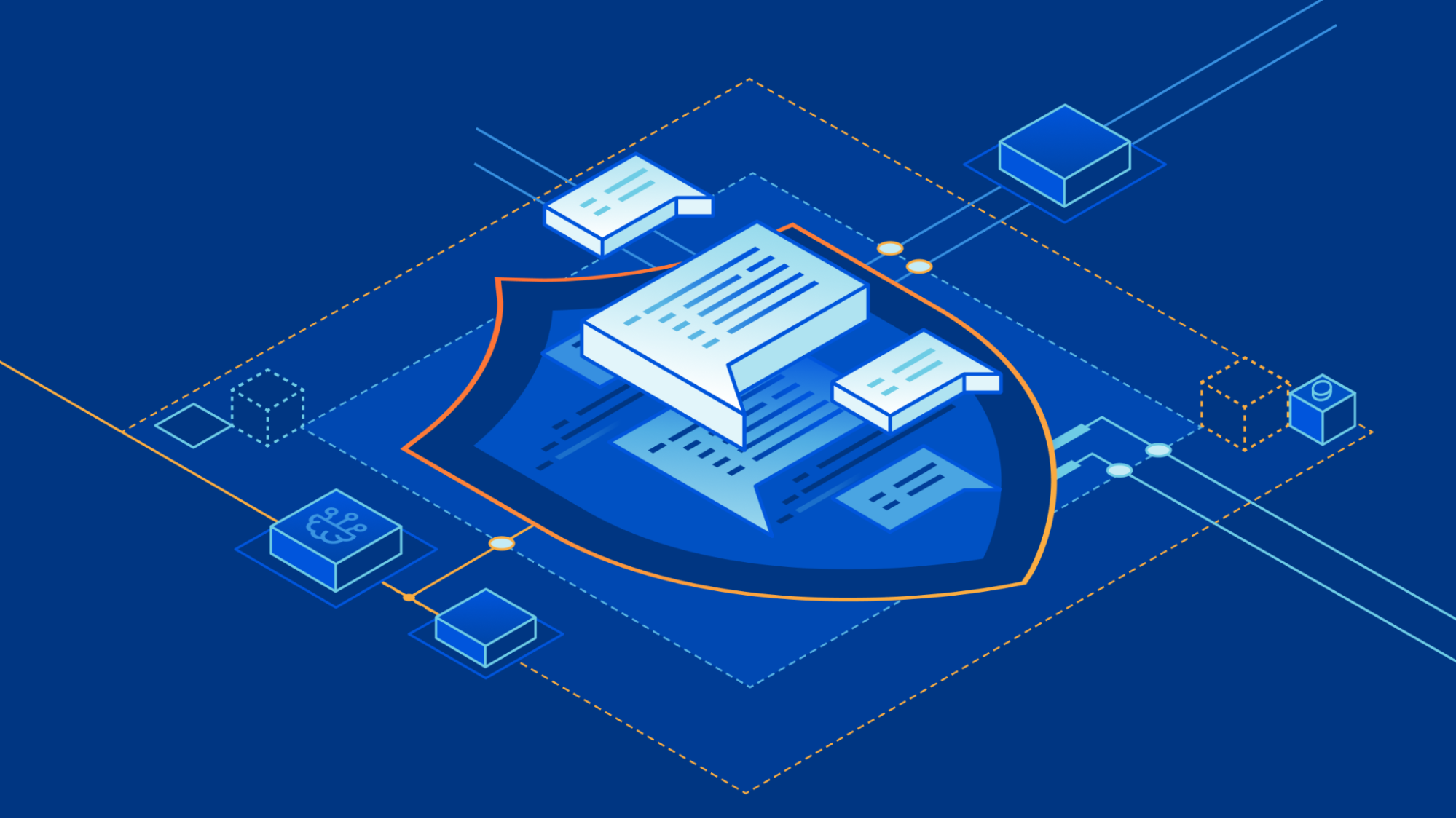

I remember when the first iPhone was announced in 2007. This was NOT an iPhone as we think of one today. It had warts. A lot of warts. It couldn’t do MMS for example. But I remember the possibility it brought to mind. No product before had seemed like anything more than a product. The iPhone, or more the potential that the iPhone hinted at, had an actual impact on me. It changed my thinking about what could be.
In the years since no other product came close to matching that level of awe and wonder. That changed in March of this year. The release of GPT-4 had the same impact I remember from the iPhone launch. It’s still early, but it's opened the imagination, and fears, of millions of developers in a way I haven’t seen since that iPhone announcement.
That excitement has led to an explosion of development and hundreds of new tools broadly grouped into a category we call generative AI. Generative AI systems create content mimicking a particular style. New images that look like Banksy or lyrics that sound like Taylor Swift. All of these Generative AI tools, whether built on top of GPT-4 or something Continue reading
Ask JJX: How Can I Stop Users From Joining Personal Devices To Our Network Using Their AD Credentials?
Messy RADIUS policies and misconfigurations may be allowing users to join personal devices to your network. Jennifer Minella provides a quick overview of RADIUS and 802.1x, common holes, and three options for filling them in this installment of her "Ask JJX" series.
The post Ask JJX: How Can I Stop Users From Joining Personal Devices To Our Network Using Their AD Credentials? appeared first on Packet Pushers.
Kubernetes Security And Networking 7: Securing Kubernetes Manifests – Video
There’s lot of places to focus on application security, but don’t forget to scan your Kubernetes manifests! This video takes you step-by-step through scanning your repository using Kubescape. https://www.youtube.com/watch?v=kwF-JoIQRTA You can subscribe to the Packet Pushers’ YouTube channel for more videos as they are published. It’s a diverse a mix of content from Ethan and […]
The post Kubernetes Security And Networking 7: Securing Kubernetes Manifests – Video appeared first on Packet Pushers.
Hedge 178: Defined Trust Transport with Kathleen Nichols

The Internet of Things is still “out there”—operators and individuals are deploying millions of Internet connected devices every year. IoT, however, poses some serious security challenges. Devices can be taken over as botnets for DDoS attacks, attackers can take over appliances, etc. While previous security attempts have all focused on increasing password security and keeping things updated, Kathleen Nichols is working on a new solution—defined trust transport in limited domains.
Join us on for this episode of the Hedge with Kathleen to talk about the problems of trusted transport, the work she’s putting in to finding solutions, and potential use cases beyond IoT.
You can find Kathleen at Pollere, LLC, and her slides on DeftT here.
SLP: a new DDoS amplification vector in the wild
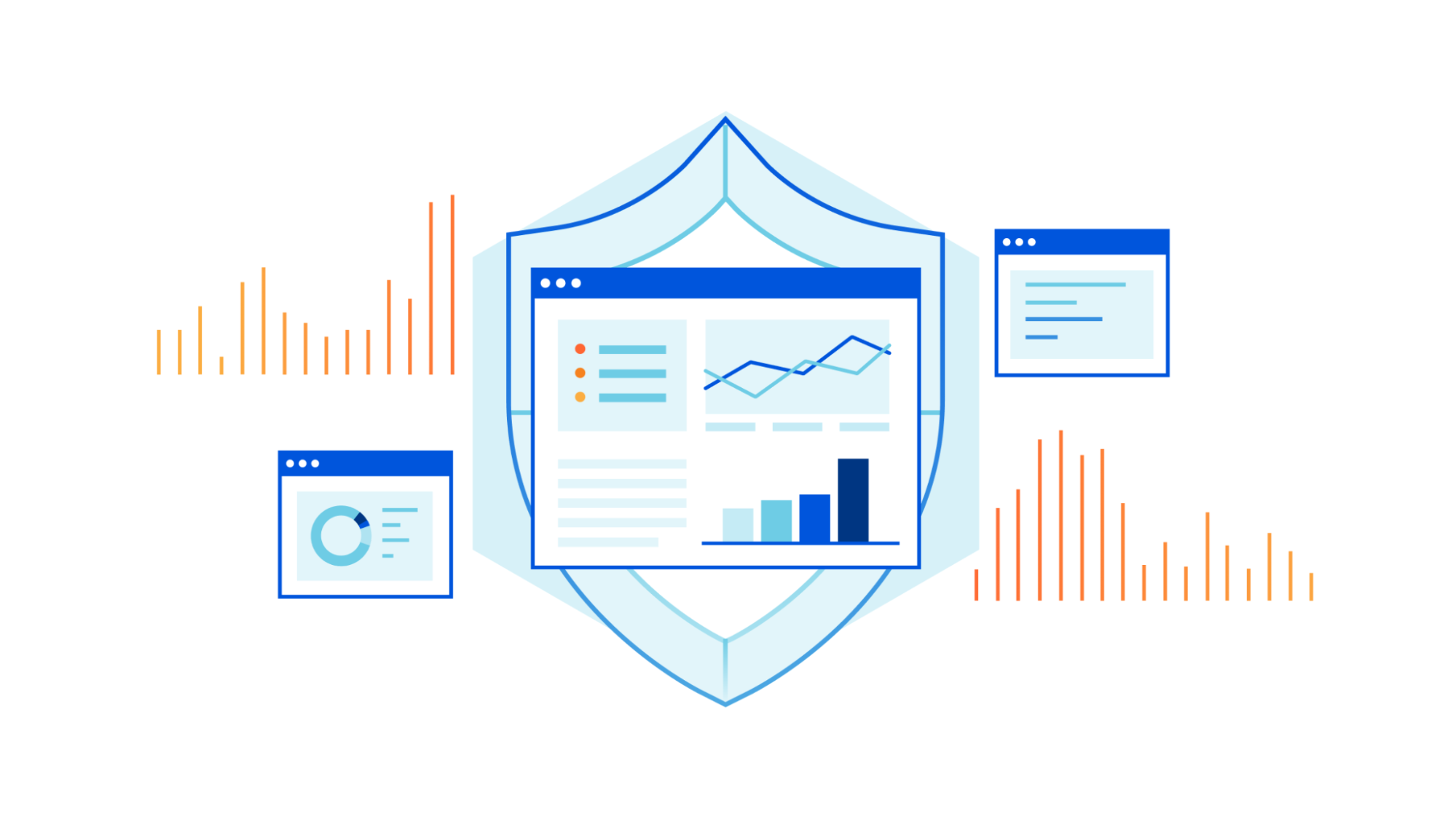
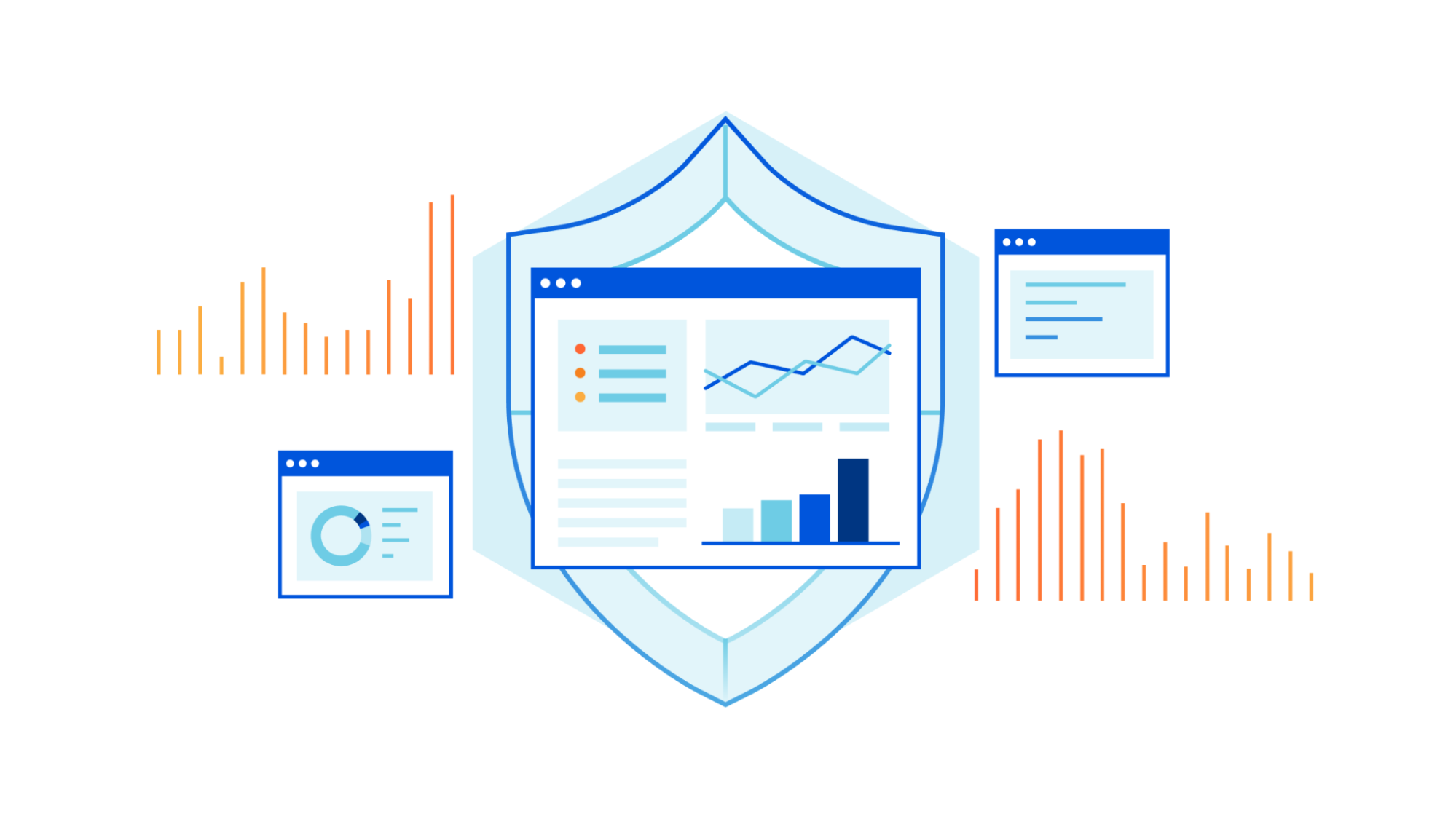
Earlier today, April 25, 2023, researchers Pedro Umbelino at Bitsight and Marco Lux at Curesec published their discovery of CVE-2023-29552, a new DDoS reflection/amplification attack vector leveraging the SLP protocol. If you are a Cloudflare customer, your services are already protected from this new attack vector.
Service Location Protocol (SLP) is a “service discovery” protocol invented by Sun Microsystems in 1997. Like other service discovery protocols, it was designed to allow devices in a local area network to interact without prior knowledge of each other. SLP is a relatively obsolete protocol and has mostly been supplanted by more modern alternatives like UPnP, mDNS/Zeroconf, and WS-Discovery. Nevertheless, many commercial products still offer support for SLP.
Since SLP has no method for authentication, it should never be exposed to the public Internet. However, Umbelino and Lux have discovered that upwards of 35,000 Internet endpoints have their devices’ SLP service exposed and accessible to anyone. Additionally, they have discovered that the UDP version of this protocol has an amplification factor of up to 2,200x, which is the third largest discovered to-date.
Cloudflare expects the prevalence of SLP-based DDoS attacks to rise significantly in the coming weeks as malicious actors learn how to exploit Continue reading
Why I joined Cloudflare as Chief Security Officer


I am absolutely thrilled and feel incredibly blessed to have joined Cloudflare as Chief Security Officer (CSO). Cybersecurity has always been my passion and focus of my career. I am grateful to join such a dynamic and innovative team. Cloudflare is a cybersecurity industry leader and offers unmatched technology that is second to none.
A little about me
I have been a CSO for over 20 years in the financial and private sectors with SVB, HSBC, McAfee, Ameren, and Scottrade. I have been privileged to lead the security teams of some of the world's largest, most complex, and most innovative companies; however, my greatest honor has been working with and collaborating among some of the world's most amazing people. I have learned my dedication, expertise, and passion from my leaders, peers, and teams, which have taught me how to build and lead world-class security programs that protect organizations from the most sophisticated threats. Because security is constantly evolving, the key is, and always will be, to build an active, diverse community of highly empathetic people that will successfully protect the organization.
My charter
As I step into my new role as CSO at Cloudflare, I am excited to take on Continue reading
Secure by default: recommendations from the CISA’s newest guide, and how Cloudflare follows these principles to keep you secure


When you buy a new house, you shouldn’t have to worry that everyone in the city can unlock your front door with a universal key before you change the lock. You also shouldn’t have to walk around the house with a screwdriver and tighten the window locks and back door so that intruders can’t pry them open. And you really shouldn’t have to take your alarm system offline every few months to apply critical software updates that the alarm vendor could have fixed with better software practices before they installed it.
Similarly, you shouldn’t have to worry that when you buy a network discovery tool it can be accessed by any attacker until you change the password, or that your expensive hardware-based firewalls can be recruited to launch DDoS attacks or run arbitrary code without the need to authenticate.
This “default secure” posture is the focus of a recently published guide jointly authored by the Cybersecurity and Infrastructure Agency (CISA), NSA, FBI, and six other international agencies representing the United Kingdom, Australia, Canada, Germany, Netherlands, and New Zealand. In the guide, the authors implore technology vendors to follow Secure-by-Design and Secure-by-Default principles, shifting the burden of security as much Continue reading
Learn How to Conquer Lateral Cybersecurity Risks at RSAC 2023

In a world without neatly defined network perimeters, lateral security—means detecting and mitigating threats from malicious actors who are already inside your network—is the new front in cybersecurity. To detect lateral threats, businesses need comprehensive visibility into what’s happening inside their IT estates, not just around them. They need to see every packet and every process at every endpoint.
At the upcoming RSA conference in San Franciso, we’ll be highlighting how VMware technologies like Project Northstar help organizations conquer lateral security threats. Keep reading for a sneak peek of what to expect from the VMware team at the event, and join us at RSA Conference from April 24-27 2023 at Moscone Center, North Expo Booth#5644 in San Francisco to check out the latest innovations in cloud networking and security for yourself.
Lateral Movement is the New Cyber Battleground
VMware security strategy consists of five key pillars, and we’ll be showing off all of them at the RSA Conference:
- Networking Security with NSX
- Carbon Black XDR
- Secure the Hybrid Workforce
- VMware SASE and SD-WAN
- Modern Apps Security